Home>Gardening & Outdoor>Outdoor Entertaining>What Is A Picnic Basket Made Of
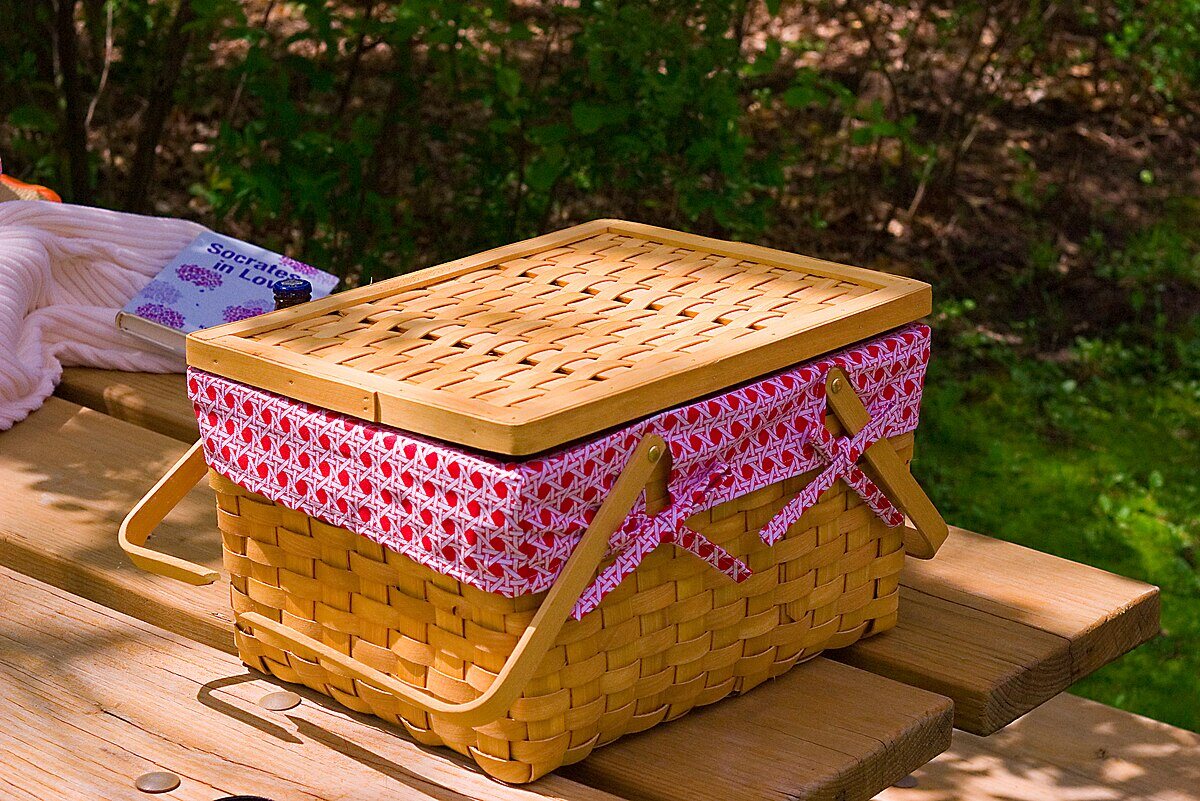

Outdoor Entertaining
What Is A Picnic Basket Made Of
Modified: March 26, 2024
Discover the best materials for outdoor entertaining with a picnic basket. Learn what picnic baskets are made of and elevate your next gathering. Ideal for outdoor enthusiasts.
(Many of the links in this article redirect to a specific reviewed product. Your purchase of these products through affiliate links helps to generate commission for Storables.com, at no extra cost. Learn more)
Introduction
A picnic is a delightful outdoor activity that allows people to bask in the beauty of nature while enjoying delicious food and great company. Central to this experience is the iconic picnic basket, a vessel that holds the essential components for a successful al fresco meal. The materials used to craft these baskets have evolved over time, reflecting changes in lifestyle, technology, and environmental consciousness. In this article, we will explore the diverse materials traditionally and contemporarily employed in the creation of picnic baskets. Additionally, we will delve into the environmental considerations associated with these materials, shedding light on sustainable options for eco-conscious picnic enthusiasts. Whether you are a picnic aficionado or a newcomer to this charming pastime, understanding the composition of picnic baskets can deepen your appreciation for this timeless tradition. So, let's embark on a journey to uncover the fascinating world of picnic basket materials, from classic to cutting-edge.
Now, let's take a closer look at the traditional materials that have long been synonymous with the art of picnicking.
Key Takeaways:
- Traditional picnic baskets are made of natural materials like wicker and willow, providing a classic, rustic charm while allowing for breathability and easy portability.
- Modern picnic baskets use innovative materials like insulated fabric and recycled plastic, offering practical benefits and eco-friendly alternatives for outdoor dining.
Read more: What Are Picnic Baskets Made Of
Traditional Materials
For centuries, natural materials such as wicker, willow, and rattan have been the cornerstone of traditional picnic basket construction. Wicker, a flexible and durable material derived from weaving plant stems, is a popular choice due to its strength and rustic charm. Willow, with its pliable and lightweight nature, is another favored material, often used to create intricately designed picnic baskets. Rattan, a close relative of the palm tree, boasts exceptional durability and lends a distinct tropical aesthetic to picnic baskets.
These materials offer a timeless appeal, evoking a sense of nostalgia and romance associated with outdoor leisure. The intricate weaving of wicker, willow, and rattan results in sturdy, yet visually appealing picnic baskets that exude a classic, old-world charm. The natural hues of these materials complement the picturesque outdoor settings where picnics are often enjoyed, seamlessly blending with the surrounding landscape.
Moreover, the inherent breathability of wicker, willow, and rattan allows for adequate air circulation within the basket, preserving the freshness of perishable picnic provisions. This ventilation feature is particularly advantageous for storing fruits, cheeses, and baked goods, ensuring that they remain delectably fresh throughout the picnic.
Furthermore, the lightweight nature of these materials makes them easily portable, enabling picnic enthusiasts to transport their culinary delights with ease. The gentle, earthy aroma emitted by wicker, willow, and rattan adds an extra sensory dimension to the picnic experience, enhancing the overall ambiance and connection to nature.
While traditional materials continue to hold a special place in the hearts of picnic enthusiasts, modern innovations have introduced a plethora of alternative materials that cater to contemporary needs and preferences. Let’s explore the exciting realm of modern picnic basket materials next.
Modern Materials
In recent years, the art of picnic basket crafting has seen a remarkable evolution, with a diverse range of modern materials being embraced for their functionality, versatility, and aesthetic appeal. One of the most prominent modern materials used in picnic basket construction is insulated fabric. This innovative material, often composed of polyester or nylon, is designed to maintain the temperature of the contents within the basket, whether hot or cold. The inclusion of insulated fabric in picnic baskets has revolutionized the outdoor dining experience, allowing picnickers to savor piping hot soups or chilled beverages without compromise.
Additionally, the introduction of lightweight and durable metals, such as aluminum and stainless steel, has brought a contemporary edge to picnic basket design. These metals offer exceptional strength and resilience while remaining relatively lightweight, making them ideal for modern picnic baskets. Furthermore, their sleek and polished appearance adds a touch of sophistication to the overall aesthetic, appealing to those with a penchant for modernity.
Another notable modern material making waves in the realm of picnic baskets is recycled plastic. With a focus on sustainability and eco-friendliness, recycled plastic offers a guilt-free alternative to traditional materials. Picnic baskets crafted from recycled plastic not only contribute to environmental conservation but also exhibit impressive durability and weather resistance, ensuring longevity and practicality for outdoor excursions.
Furthermore, synthetic fibers such as polyester and polypropylene have gained popularity in modern picnic basket construction due to their water-resistant properties and ease of maintenance. These materials provide a reliable barrier against moisture, safeguarding the delectable contents of the basket from unexpected drizzles or damp ground surfaces, thus preserving the picnic provisions in optimal condition.
As the demand for sustainable and eco-conscious products continues to rise, innovative materials derived from renewable resources, such as bamboo and cork, have emerged as eco-friendly alternatives for modern picnic baskets. These materials not only embody a commitment to environmental stewardship but also offer unique textures and visual appeal, adding a touch of natural elegance to the outdoor dining experience.
The incorporation of these modern materials has expanded the horizons of picnic basket design, catering to a diverse range of preferences and practical needs. However, as we embrace the advancements of the present, it is crucial to consider the environmental impact of the materials we choose. Let’s delve into the environmental considerations associated with picnic basket materials in the next section.
A picnic basket is typically made of wicker, a strong and lightweight material that is perfect for carrying food and utensils for a picnic. Wicker is also durable and has a classic, rustic look.
Environmental Considerations
As we revel in the joy of outdoor picnicking, it is imperative to be mindful of the environmental implications associated with the materials used in picnic basket construction. Traditional materials such as wicker, willow, and rattan, while inherently natural and biodegradable, often involve intensive harvesting processes that can impact fragile ecosystems if not managed sustainably. Therefore, conscientious sourcing and responsible harvesting practices are essential to mitigate the ecological footprint of traditional picnic basket materials.
On the other hand, the emergence of modern materials has presented both opportunities and challenges in terms of environmental sustainability. While insulated fabrics and synthetic fibers offer practical benefits, their production may involve energy-intensive processes and the use of non-renewable resources. It is crucial for manufacturers to prioritize eco-friendly production methods and utilize recycled or sustainable materials where possible, aligning with the principles of environmental stewardship.
Furthermore, the widespread adoption of recycled and renewable materials, such as recycled plastic, bamboo, and cork, reflects a positive shift towards eco-conscious picnic basket construction. These materials not only reduce the demand for virgin resources but also contribute to waste reduction and the conservation of natural habitats. By choosing picnic baskets crafted from recycled or renewable materials, individuals can actively support sustainable practices and minimize their ecological impact.
In addition to material selection, the lifespan and disposal of picnic baskets also play a significant role in environmental considerations. Durable, long-lasting materials contribute to the longevity of picnic baskets, reducing the frequency of replacements and minimizing waste. Moreover, the recyclability and biodegradability of materials influence the environmental footprint of picnic baskets at the end of their lifecycle, emphasizing the importance of responsible disposal practices.
As consumers, we hold the power to drive positive change through our purchasing decisions. By prioritizing picnic baskets crafted from sustainable, eco-friendly materials and supporting brands committed to environmental responsibility, we can contribute to the preservation of our natural environment while enjoying the timeless pleasure of outdoor picnicking.
With a deeper understanding of the traditional and modern materials used in picnic basket construction, as well as the environmental considerations associated with these materials, we are better equipped to make informed choices that align with our values and contribute to a greener, more sustainable future.
As we conclude our exploration of picnic basket materials, let’s reflect on the rich tapestry of options available to picnic enthusiasts and the potential for harmonizing our love for outdoor leisure with environmental consciousness.
Conclusion
From the enduring allure of traditional materials such as wicker and willow to the innovative embrace of modern fabrics and recycled resources, the evolution of picnic basket materials reflects the dynamic interplay between tradition, innovation, and environmental consciousness. The art of picnic basket crafting has transcended generations, weaving a narrative of timeless charm, practical ingenuity, and a growing commitment to sustainable practices.
As we immerse ourselves in the enchanting world of outdoor entertaining, the choice of picnic basket materials becomes a reflection of our values, aspirations, and appreciation for the natural world. The tactile warmth of wicker, the contemporary allure of insulated fabrics, and the eco-conscious appeal of recycled plastics and renewable resources offer a diverse tapestry of options for picnic enthusiasts to express their individuality while treading lightly on the planet.
Moreover, the environmental considerations associated with picnic basket materials underscore the interconnectedness of our choices with the well-being of the Earth. By embracing sustainable materials, supporting responsible harvesting and production practices, and advocating for the longevity and eco-friendly disposal of picnic baskets, we can actively contribute to the preservation of our natural environment.
As we venture into sun-dappled meadows, tranquil lakesides, and idyllic park settings with our cherished picnic baskets in tow, let us cherish the legacy of craftsmanship, celebrate the spirit of innovation, and honor the beauty of our planet. Whether we opt for the timeless elegance of traditional materials or the contemporary allure of eco-friendly innovations, our picnic baskets become vessels of joy, connection, and a shared commitment to a more sustainable future.
So, as you embark on your next alfresco dining adventure, may your choice of picnic basket materials reflect not only your personal style and practical needs but also your dedication to preserving the splendor of the outdoor spaces that beckon us to create lasting memories and savor the simple pleasures of life.
Frequently Asked Questions about What Is A Picnic Basket Made Of
Was this page helpful?
At Storables.com, we guarantee accurate and reliable information. Our content, validated by Expert Board Contributors, is crafted following stringent Editorial Policies. We're committed to providing you with well-researched, expert-backed insights for all your informational needs.
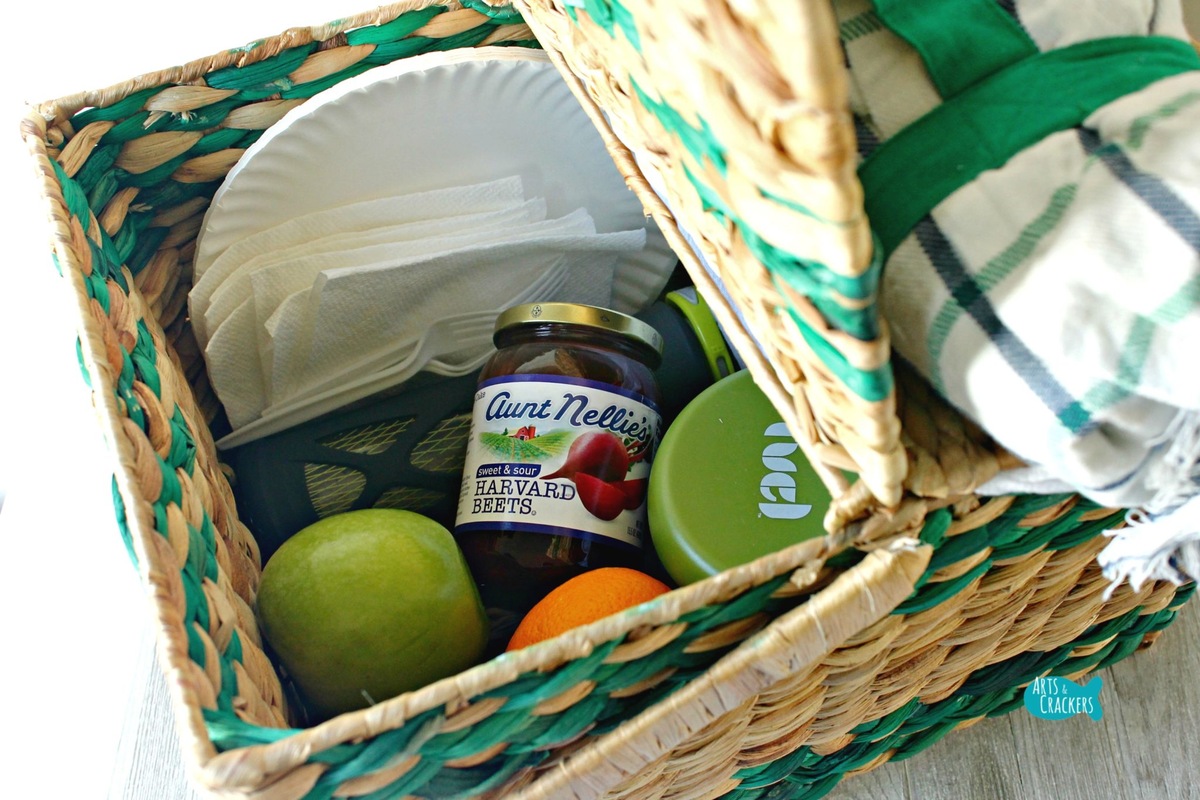

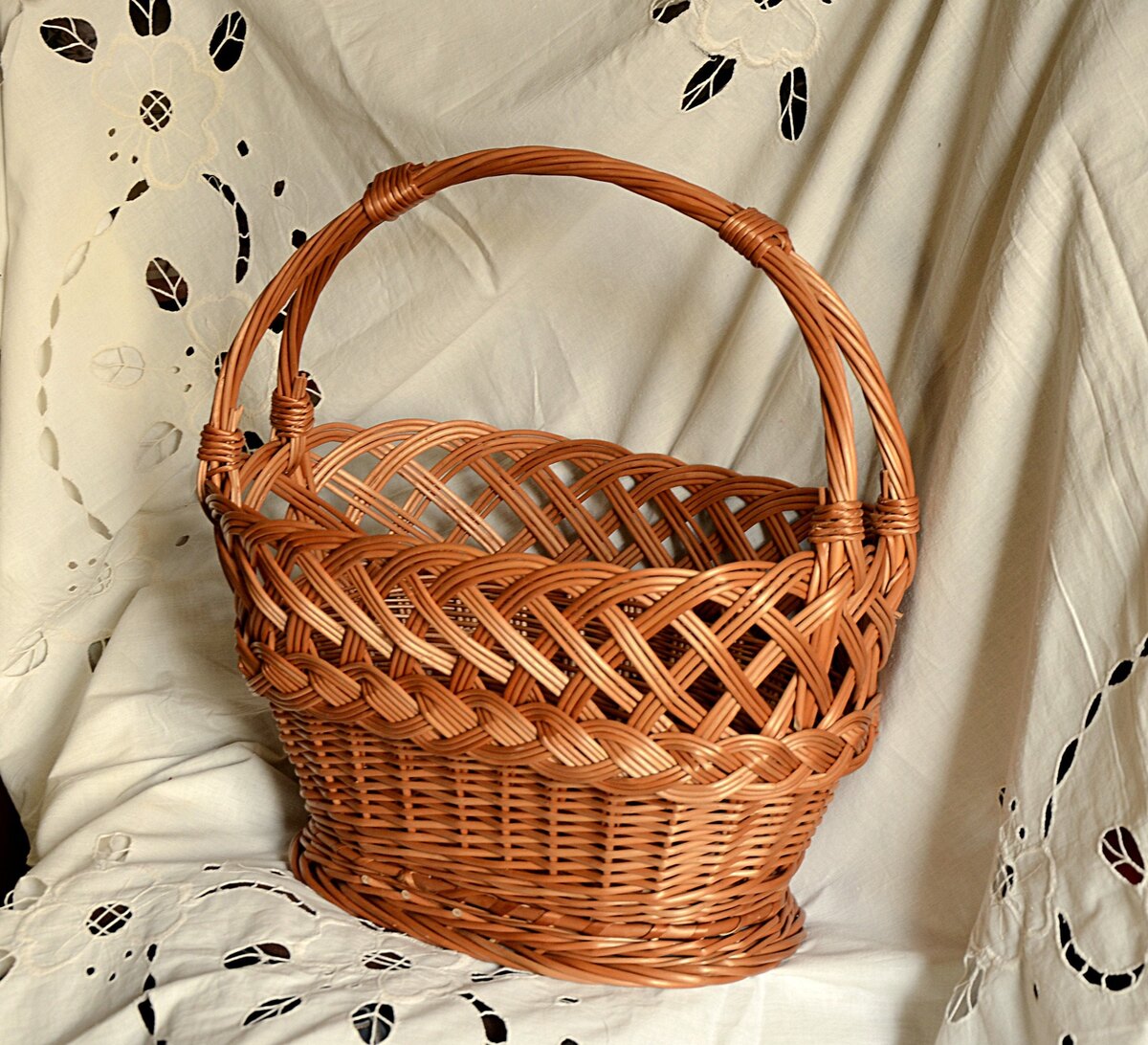
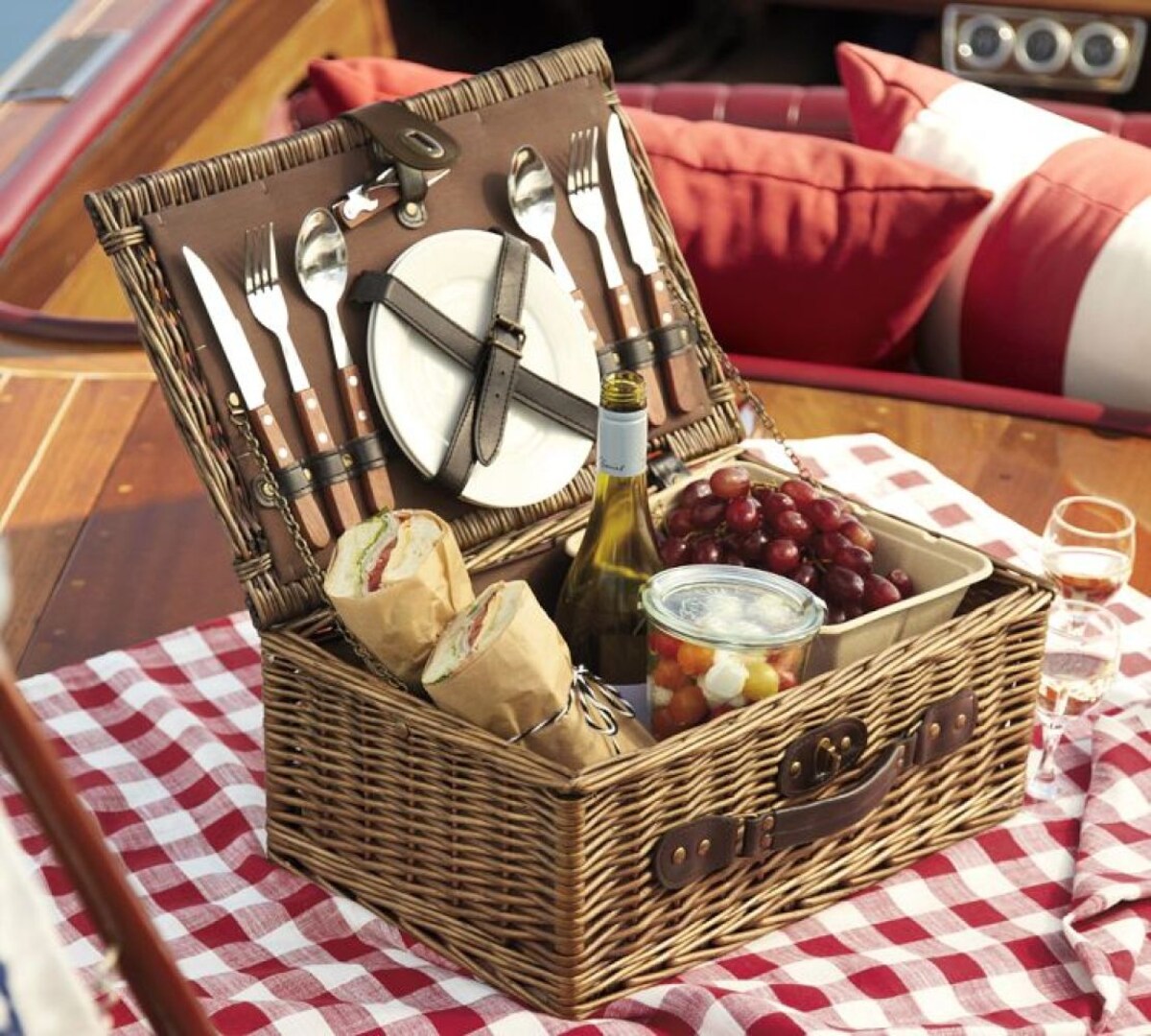
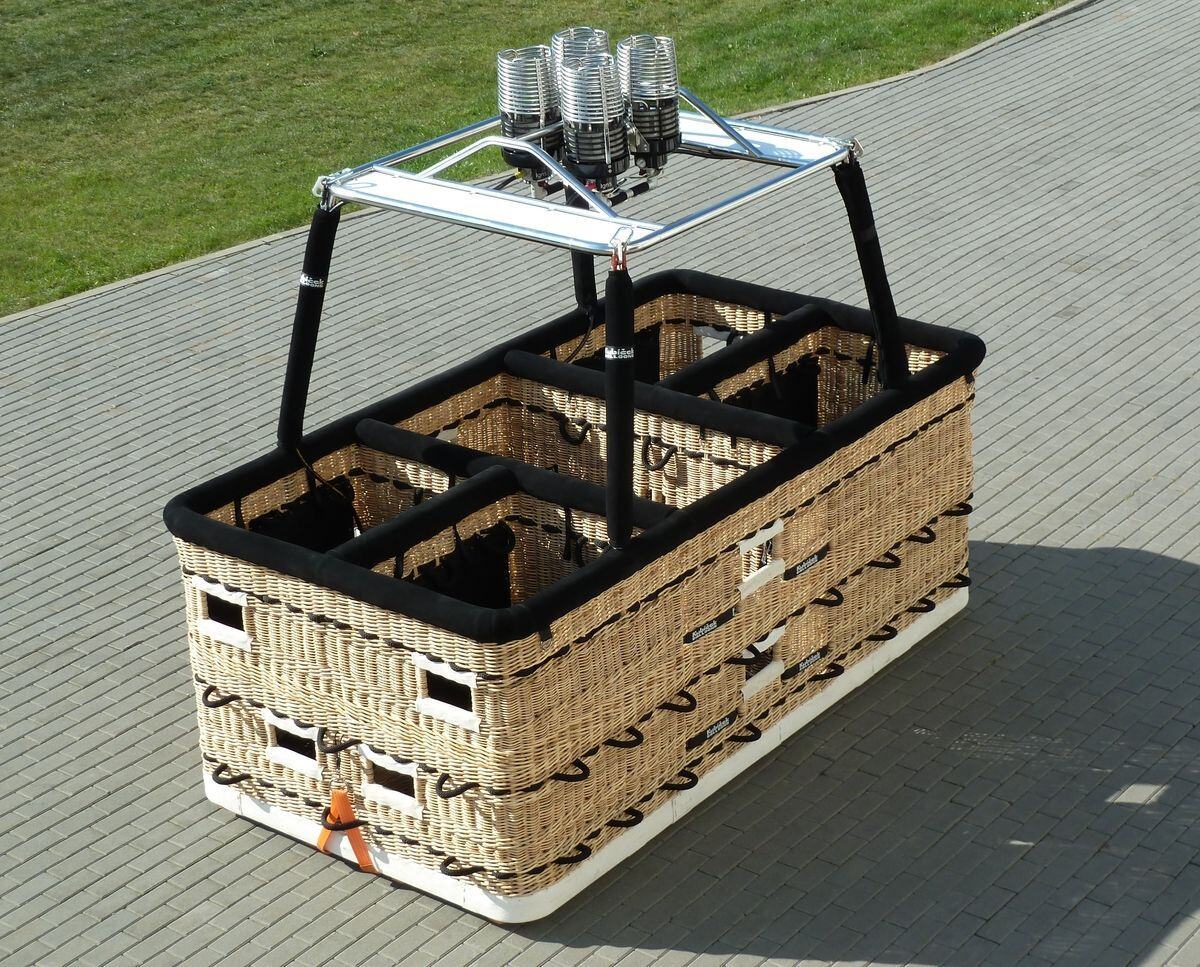
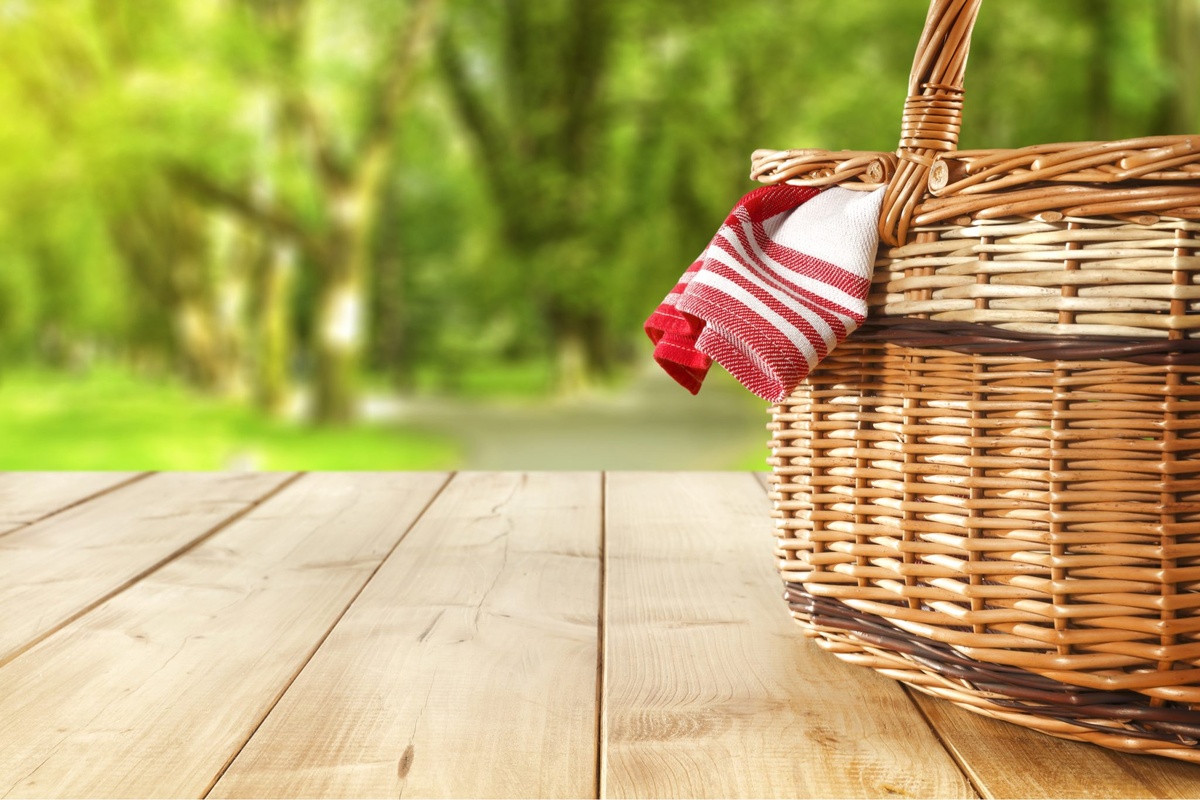
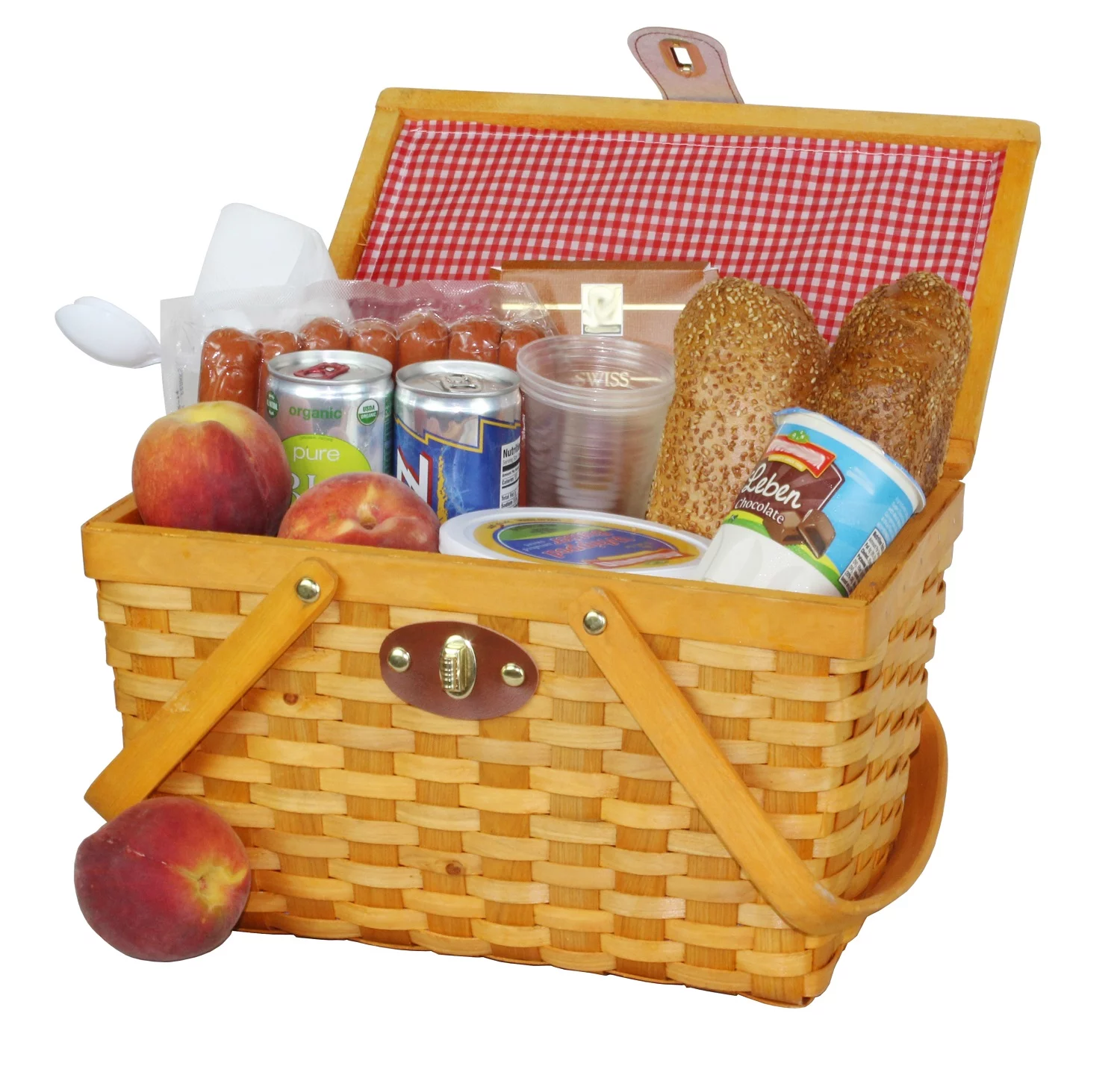
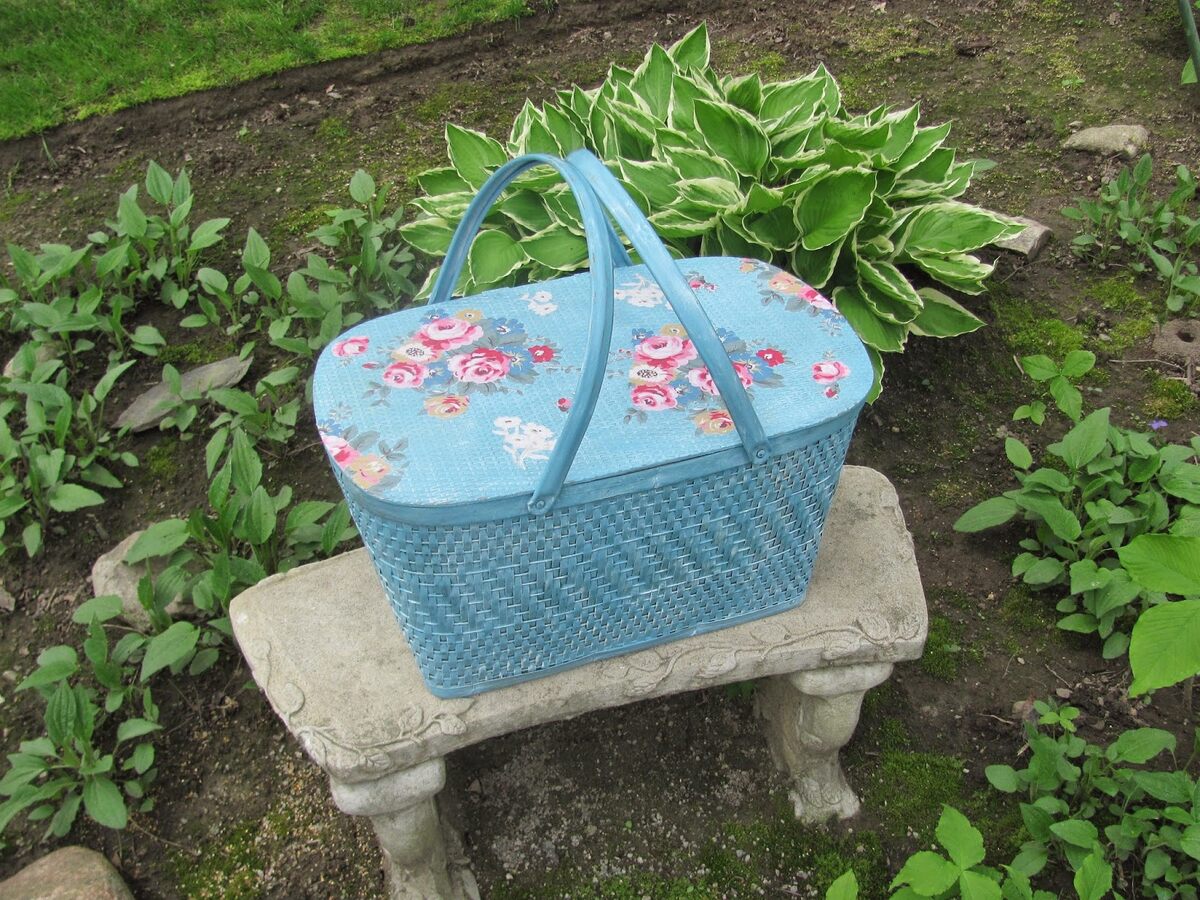
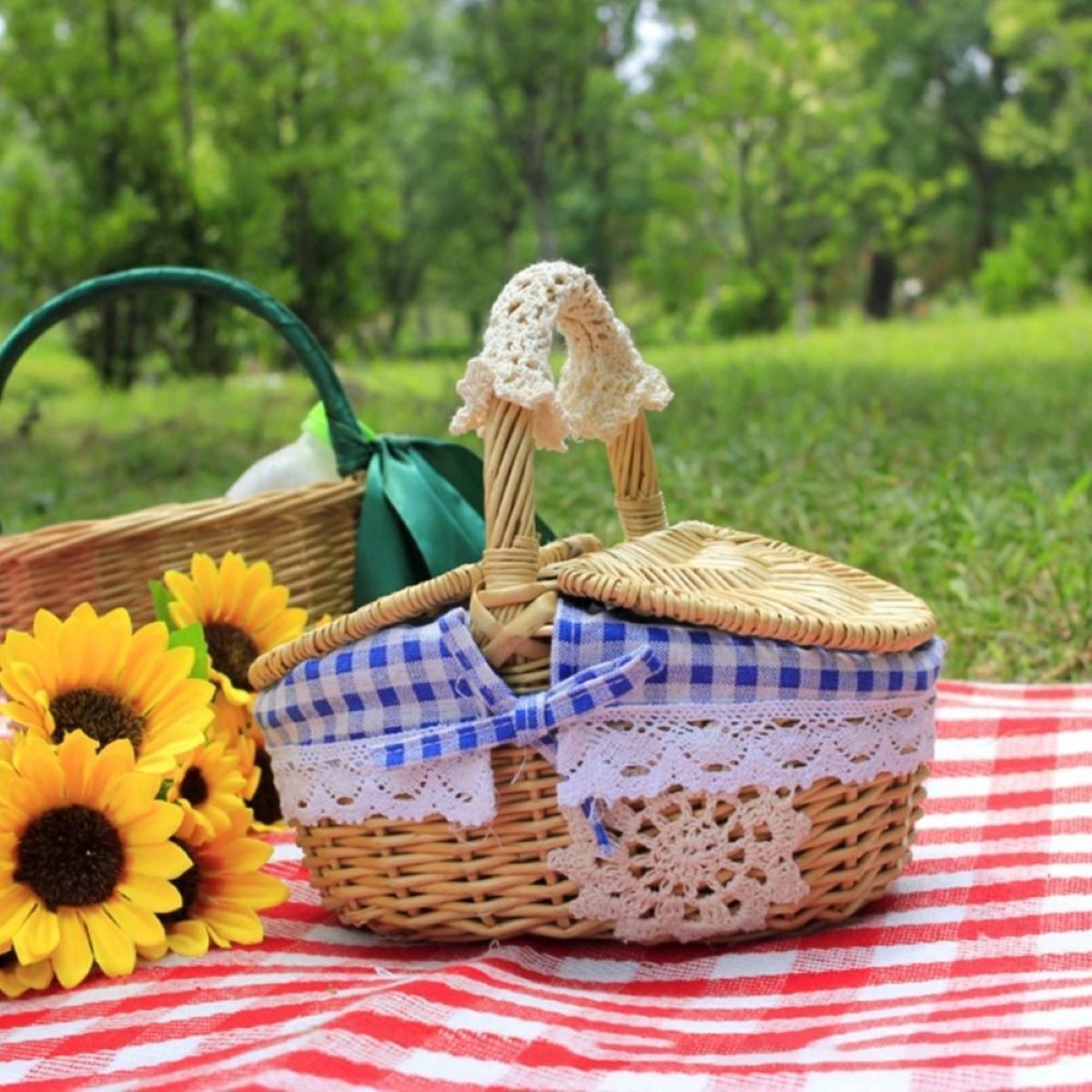
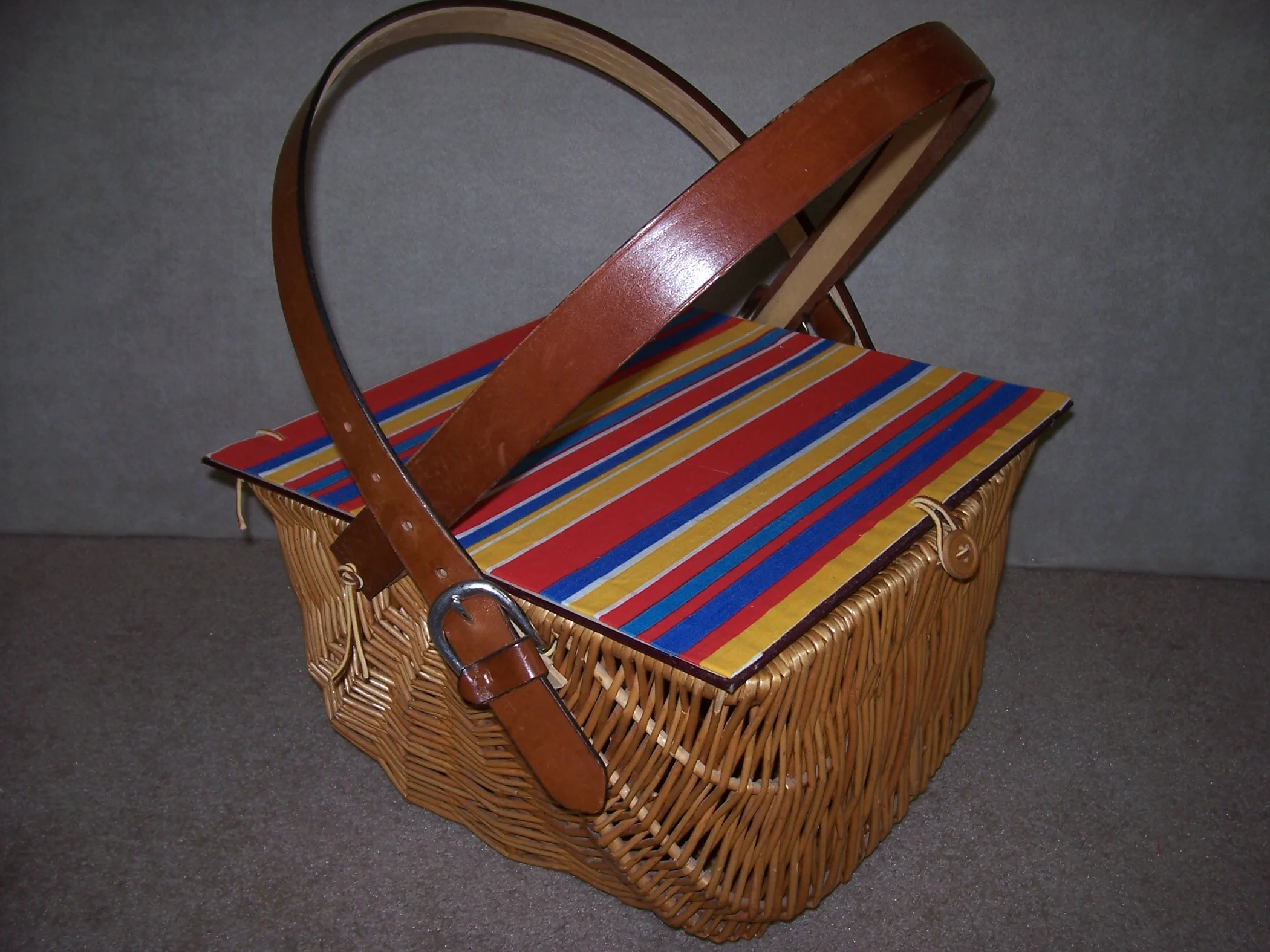
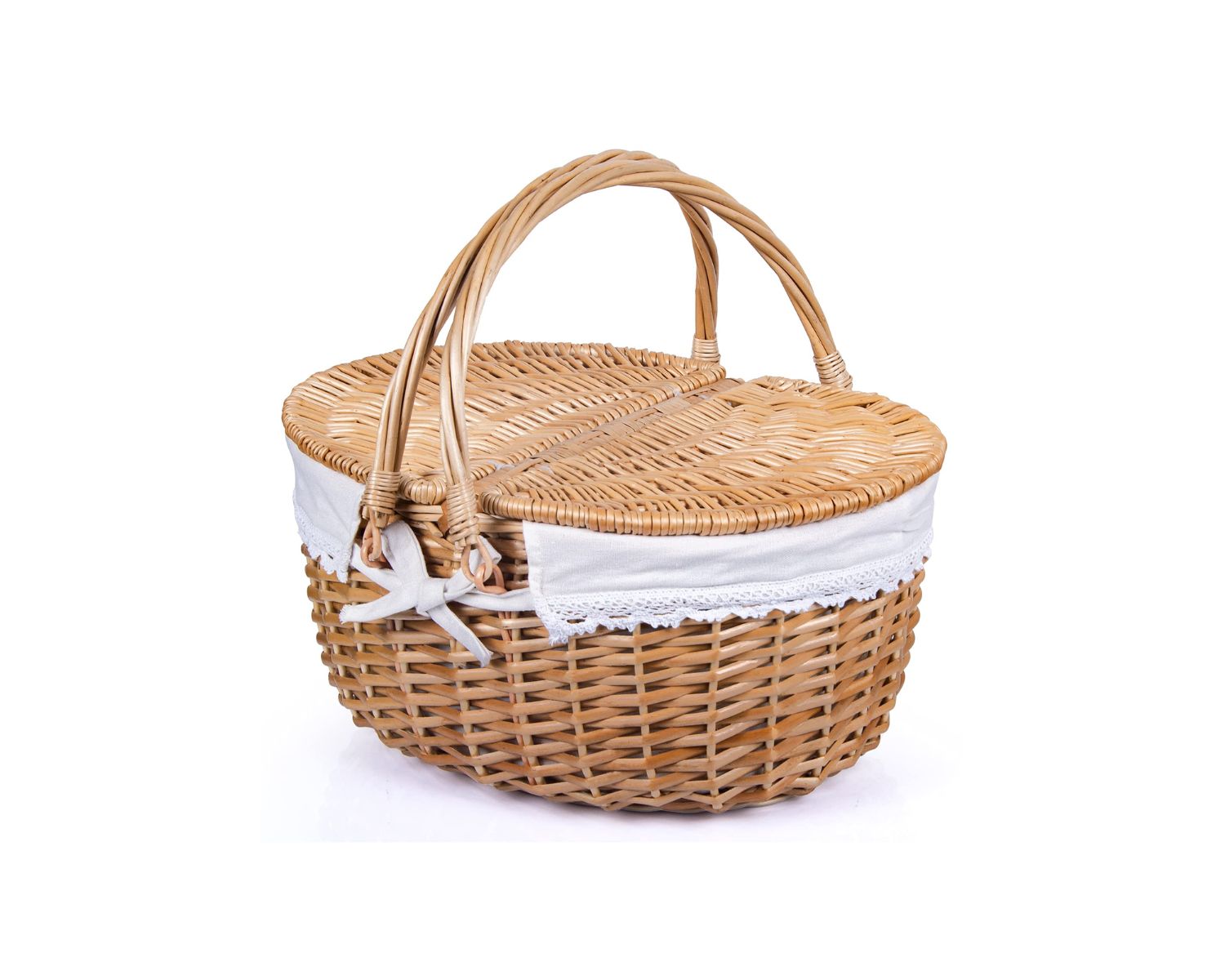
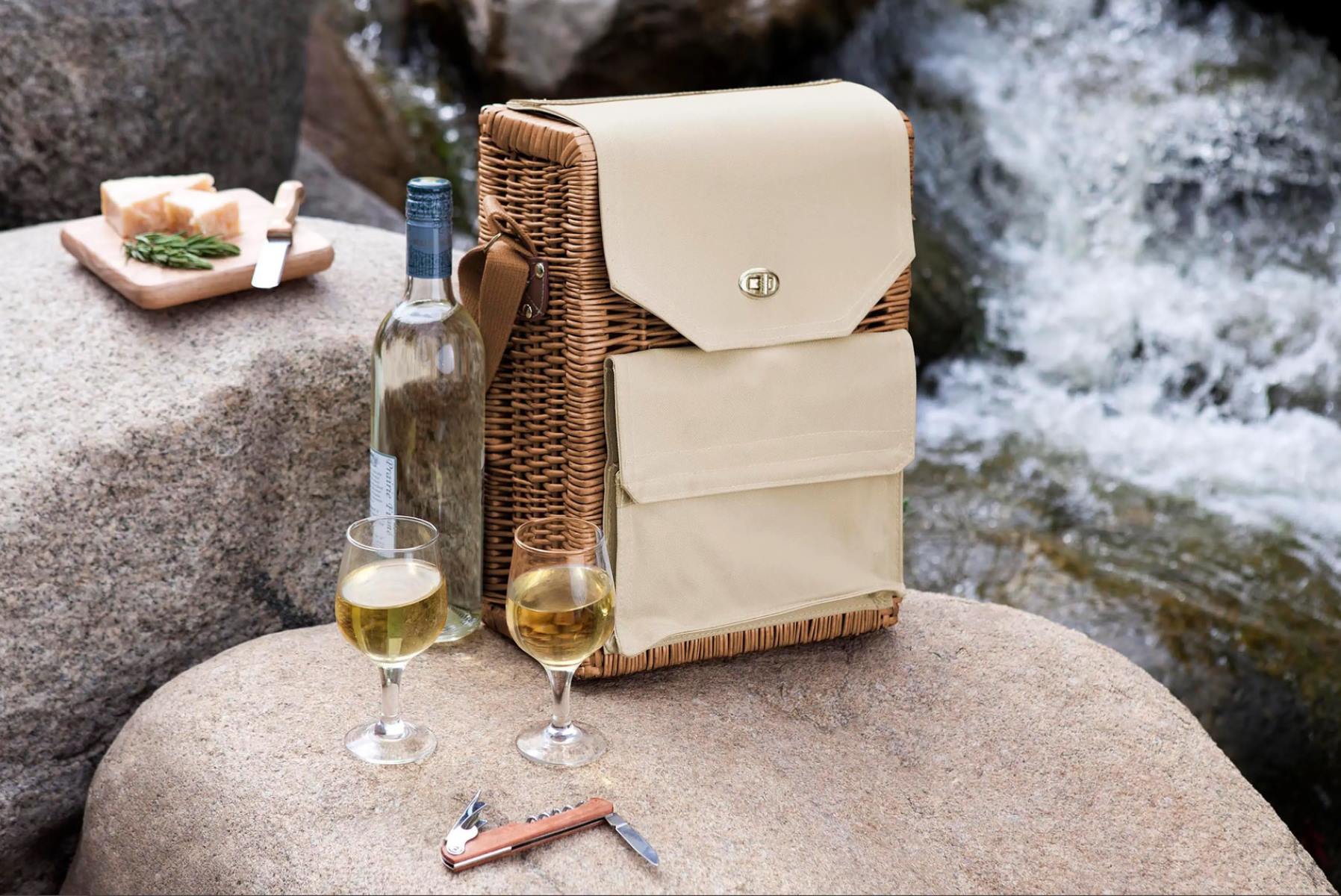
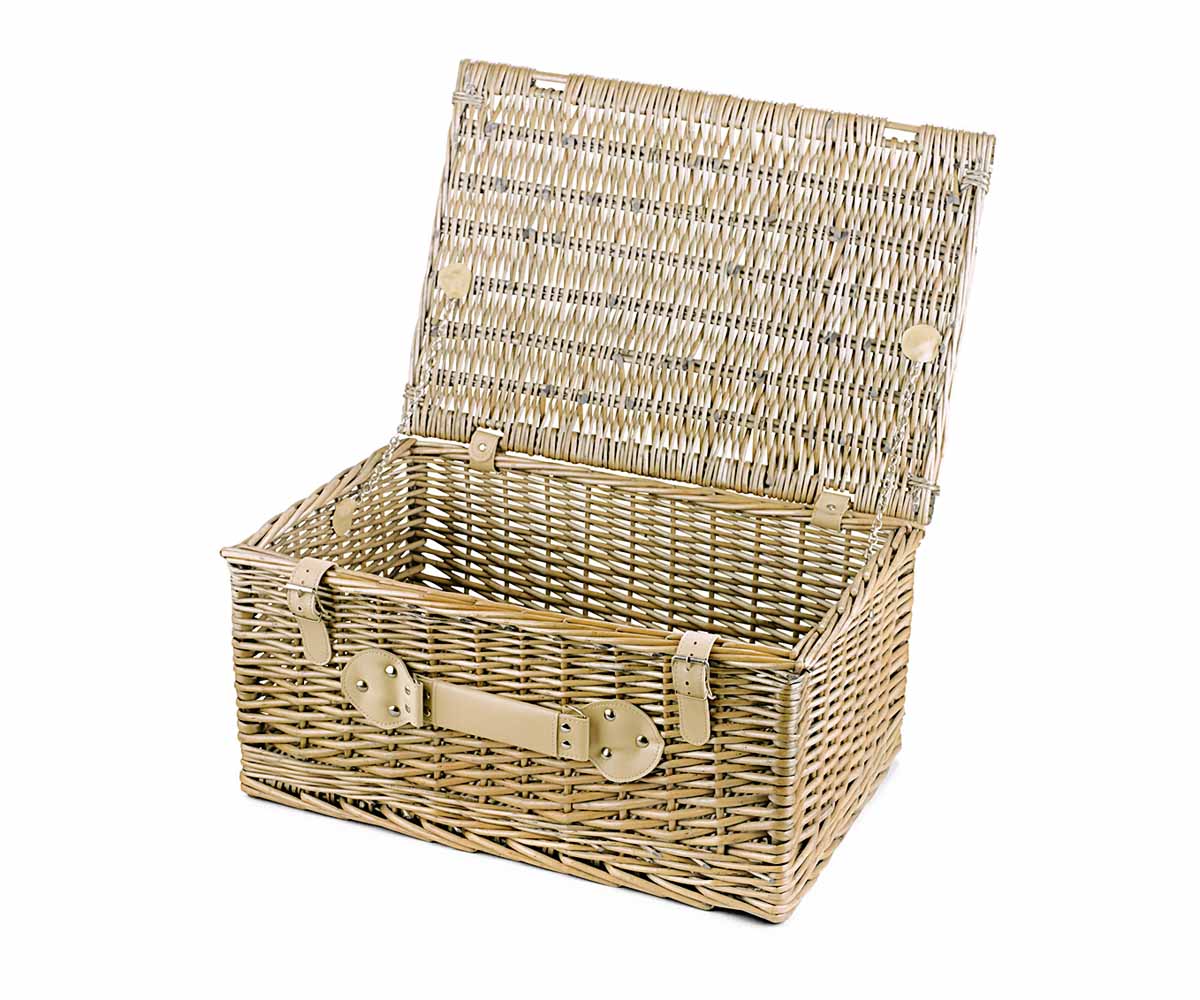
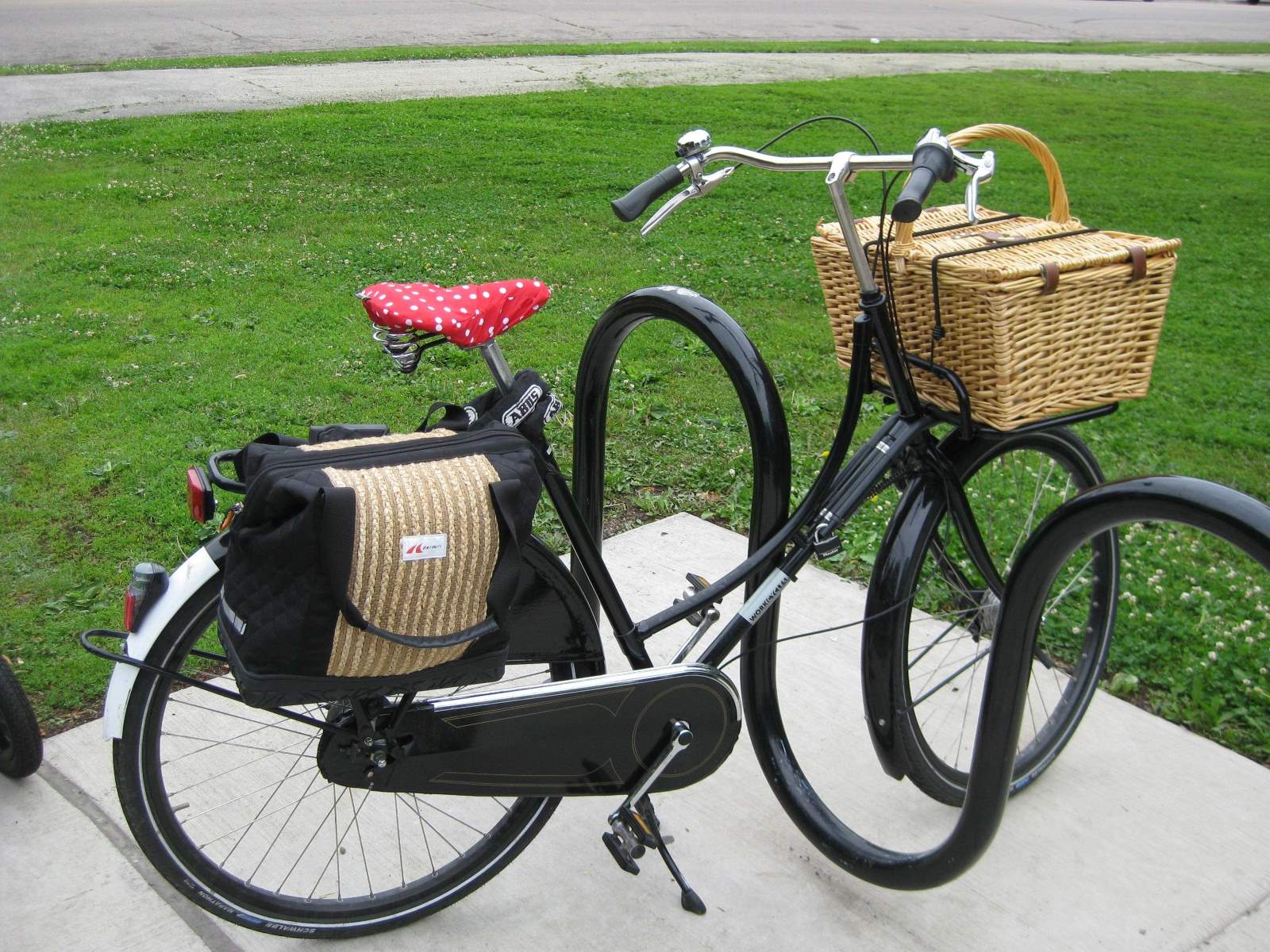
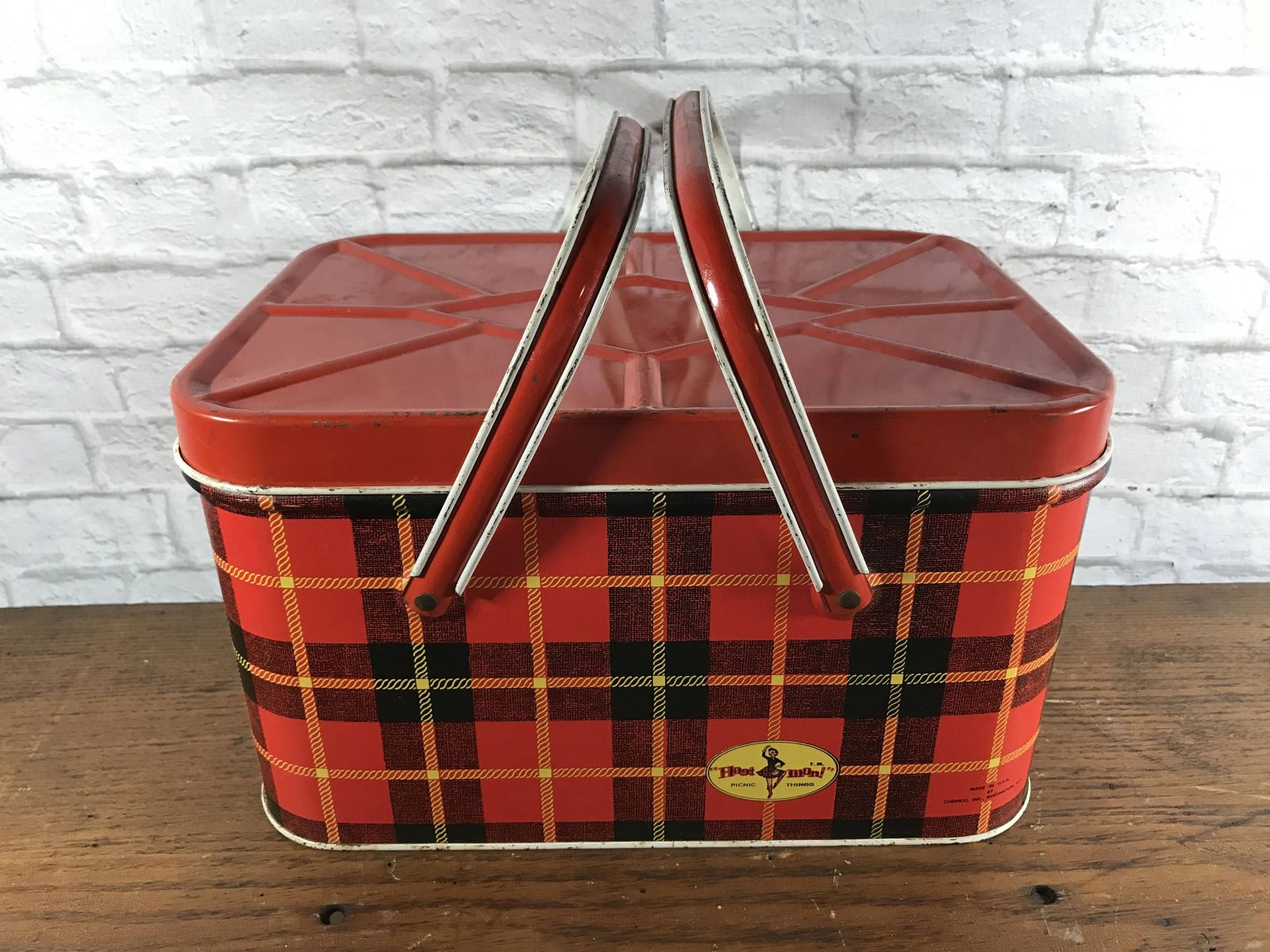

0 thoughts on “What Is A Picnic Basket Made Of”